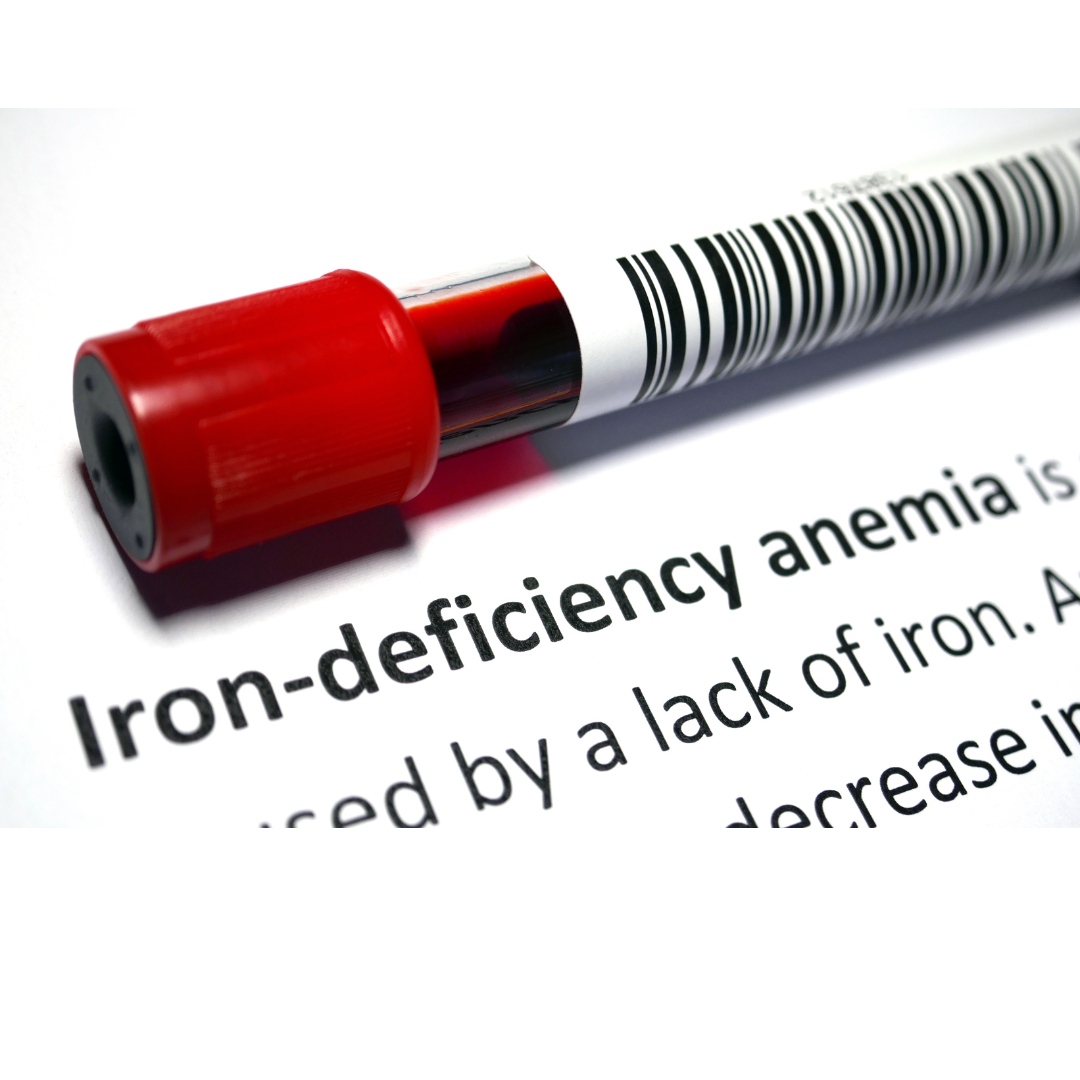Hair loss and Iron deficiency - guide for beginners.

Share
Iron deficiency is very common among our population. You might think we are living in a world without hunger, but why do nearly half of my clients suffer from some type of deficiency and malnutrition? This has a significant impact on overall health, including skin condition, hair loss, and both mental and physical well-being.
Iron is essential for life. It is a critical component of haemoglobin and various enzymes. Iron is necessary for the breathing process, enhancing physical condition, and supporting immune system functionality. It is also vital for DNA synthesis and the iodination of tyrosine, among many other physiological processes. Without iron, survival is impossible.

Eating doesn’t mean nourishing.
To nourish means to provide your body with the accurate amount of macro and micro elements, protein, fat, vitamins, and minerals. It’s so simple, yet so complicated at the same time. Our food today is full of carbs and empty calories. More and more people are becoming vegan and vegetarian, which has a massive impact on our well-being.
We aren’t truly nourishing our bodies; instead, we are merely eating. We live in a world full of food, but sometimes it feels like we don’t have enough of what we truly need. One of the most prevalent deficiencies is iron deficiency. How is it possible that so many of us, especially women, suffer from this? More concerning is that most of my clients suffer from ferritin deficiency, which is an even more critical indicator of malnutrition than iron.
How is that even possible?
We can differentiate two different forms of iron. Iron from food comes in two forms: heme and non-heme. Heme iron is found only in animal flesh like meat, poultry, and seafood, and can be absorbed by the body at a rate of 15-20%. However, heme iron accounts for only about 5-10% of our total iron intake. Non-heme iron is found in plant foods like whole grains, nuts, seeds, legumes, and leafy greens. Non-heme iron is also found in animal flesh (as animals consume plant foods with non-heme iron) and fortified foods, and can be absorbed by the body at a rate of only 1-10%, yet it constitutes about 90% of our average iron intake.

What does this mean?
It’s simple: we eat more vegetables and foods containing non-heme iron, which our body can absorb at a maximum rate of 10%, while we consume less food that contains heme iron. Additionally, iron loss occurs during meal preparation. Thermo processing of food increases iron loss in food.
Each of us is different and unique, with varying life activities and dietary needs.
Men and women, children, teenagers, the elderly, and vegans all have different iron requirements. So, how can we effectively address iron deficiency?
1. Check Your Levels:
Start by checking your iron levels through blood tests. Specifically, look at your iron and ferritin levels (ferritin is a storage protein for iron and a key indicator of iron deficiency). Knowing your iron status is the first step in understanding your body's needs.
2. Assess Your Diet:
Reflect on the types of iron you typically consume. Are you getting more heme iron or non-heme iron? Heme iron, found in animal products, is more easily absorbed by the body. If your diet is primarily plant-based, which contains non-heme iron, consider incorporating more heme iron sources such as liver, egg yolks, pumpkin seeds, and other animal products.
3. Iron Supplementation:
If you start taking iron supplements, it's crucial to monitor your blood iron levels every 3-6 months to ensure the supplementation is effective. Choose heme iron supplements if possible, and take them with vitamin C (ascorbic acid) or a glass of orange juice to enhance absorption.
4. Consider Absorption Issues:
Iron absorption can be affected by gastrointestinal conditions such as heartburn, Helicobacter pylori infection, or gut dysbiosis. If you have any of these conditions, they might be contributing to your iron deficiency, and addressing them can improve your iron absorption.
5. Monitor Iron Decline:
Women, especially during menstruation, and individuals with conditions like haemorrhoids or gastrointestinal bleeding, may experience significant iron loss. This can lead to more serious health issues if not addressed.
Iron deficiency provides valuable insights into your overall health, diet, and potential underlying health issues. By understanding your iron levels and adjusting your diet and supplementation accordingly, you can improve your well-being and prevent more serious health problems.

Norms & reference ranges:
I will not provide specific norms or reference ranges for iron levels, as different sources, labs, and countries may have varying standards. Determining the appropriate reference levels and norms is the job of your GP or specialist, who can guide you with accurate supplementation or recommend additional blood tests.
Take charge of your health by nourishing your body with the right nutrients, monitoring your iron levels, and seeking professional guidance when necessary.
Please note: The information provided here is for informational purposes only and does not constitute medical advice. If you have any serious health issues, are taking medications, or have concerns about your health, please consult your GP or a medical advisor.
